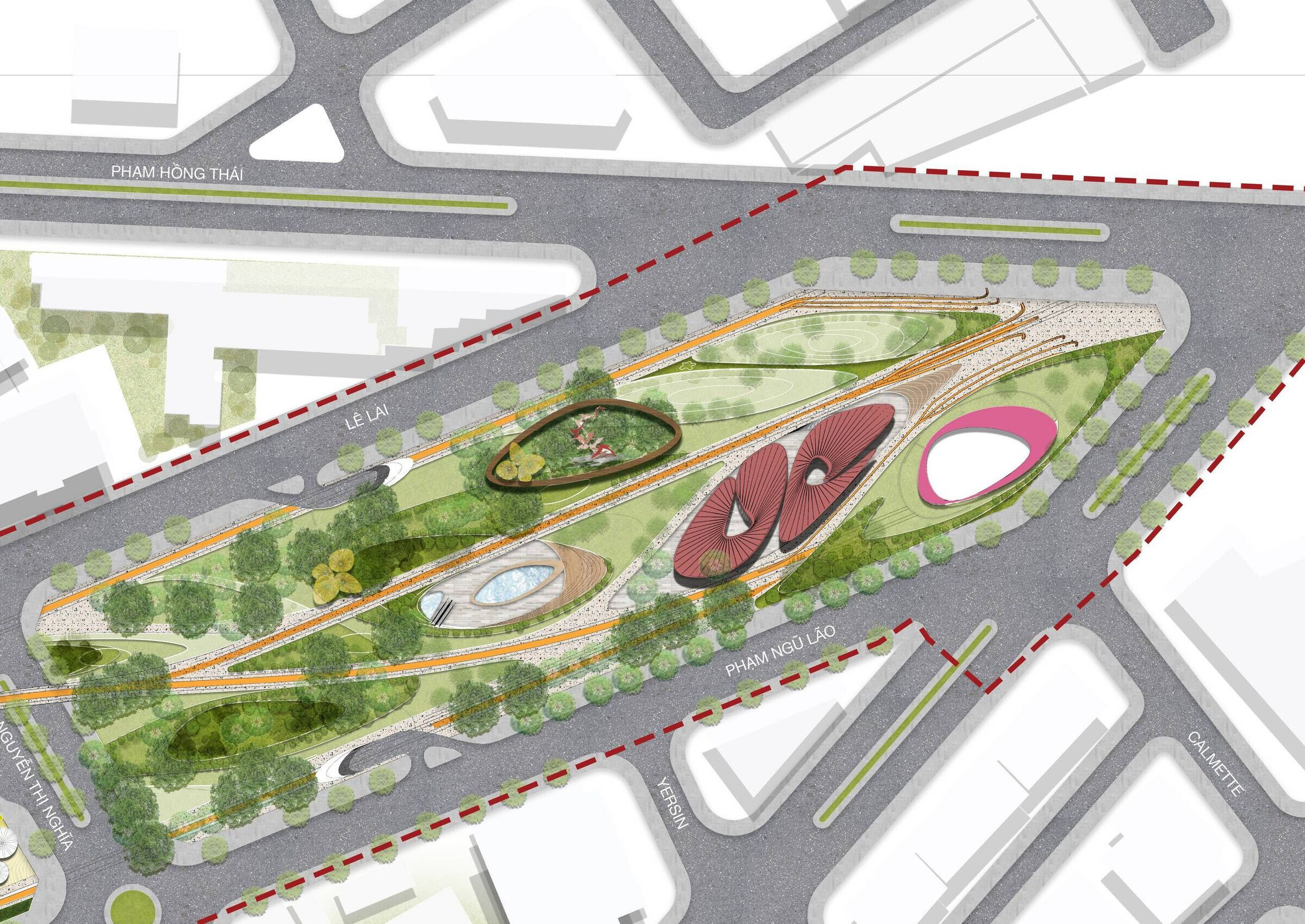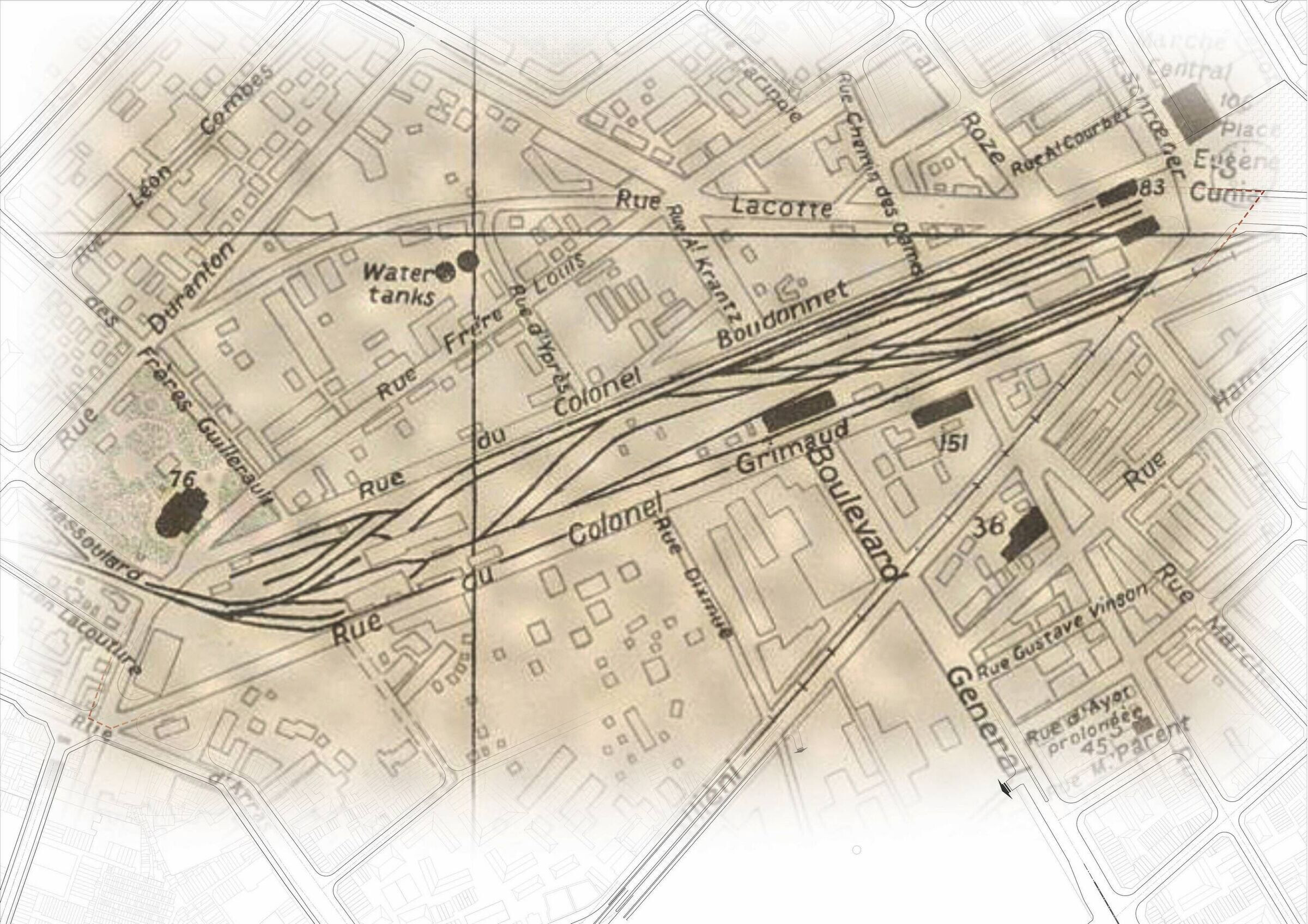LAVA with partner ASPECT Studio has won the international competition to design the 16 hectare Central Park in Ho Chi Minh City, Vietnam, with construction due to start in 2020. Gently elevated curving pedestrian walkways are patterned on 19th century railway tracks built by the French. Sunken gardens provide performance and play spaces and connect to an underground shopping area linking to the new Ben Thanh Metro Station, whilst artificial trees provide shelter and harvest water and energy. Chris Bosse, director of LAVA, said: ”The site has always been about transportation.
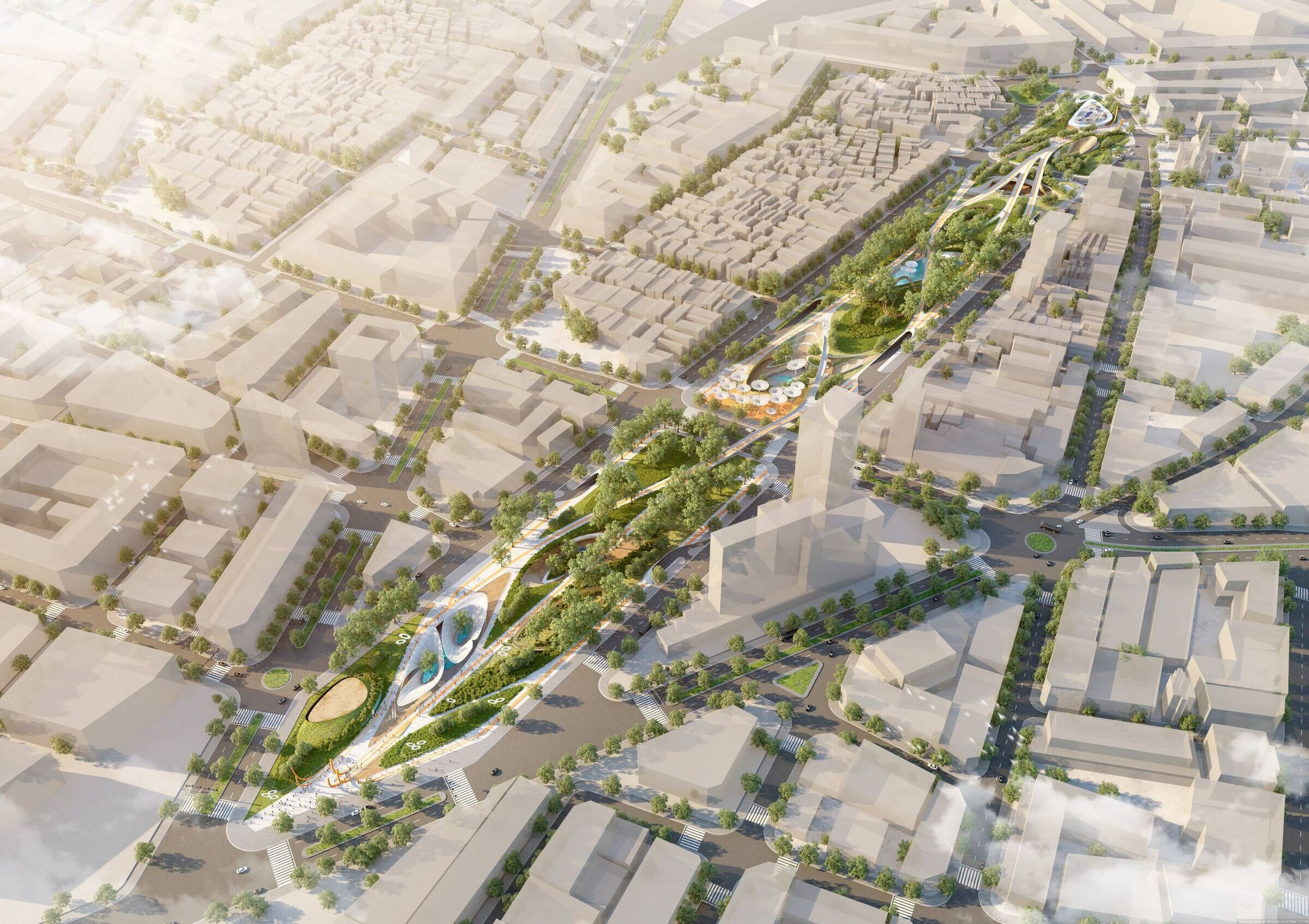
It was the first train station in south east Asia, it’s currently a bus terminal and in the near future it will be Vietnam’s first metro station. Our design references this history and future mobility. Known locally as ‘September 23 Park’ it also hosts the important annual spring festival.” The metaphoric ‘railway lines’ remind visitors of the old urban fabric, provide directional paths, maximise the park's existing greenery, increase access to diverse functional areas and articulate zones of activity. They end with a dramatically twisting steel sculpture that further memorialises the transport history.

The walkways delineate a mix of active and passive spaces. Sculpture gardens, outdoor art galleries, water features, music and theatre performance pavilions, a skate park, sport zones, playgrounds, forests, waterfalls, together with commercial aspects, will make it a day and night destination. Artificial plants will complement the existing landscape. ‘Water purification’ trees collect rainwater to be recycled and used for watering, drinking fountains and fire hydrants. ‘Ventilation trees’ reduce heat and create fresh air. ‘Solar trees’ feature solar panels angled to optimise radiation and store power, and info screens, charging docks, WIFI routers.
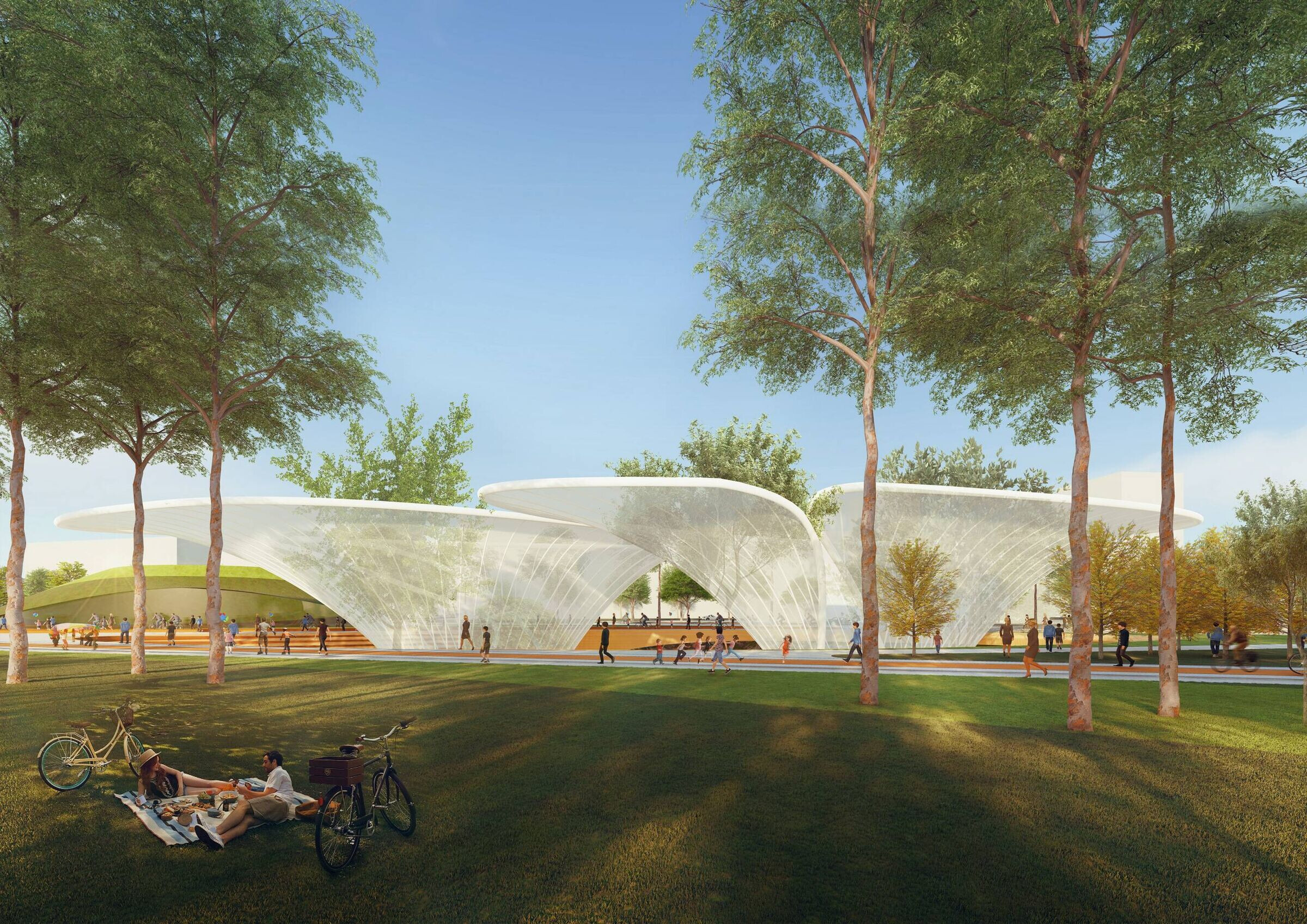
Steven Buckle, Director ASPECT Studio, added: “Visioned as a place for people, the design was formulated with a focus on the diversity of experiences needed to create a world class central park: one that responds to its context, climate and community, meets the needs of people on a daily basis, as well as for visitors, gatherings and celebration.
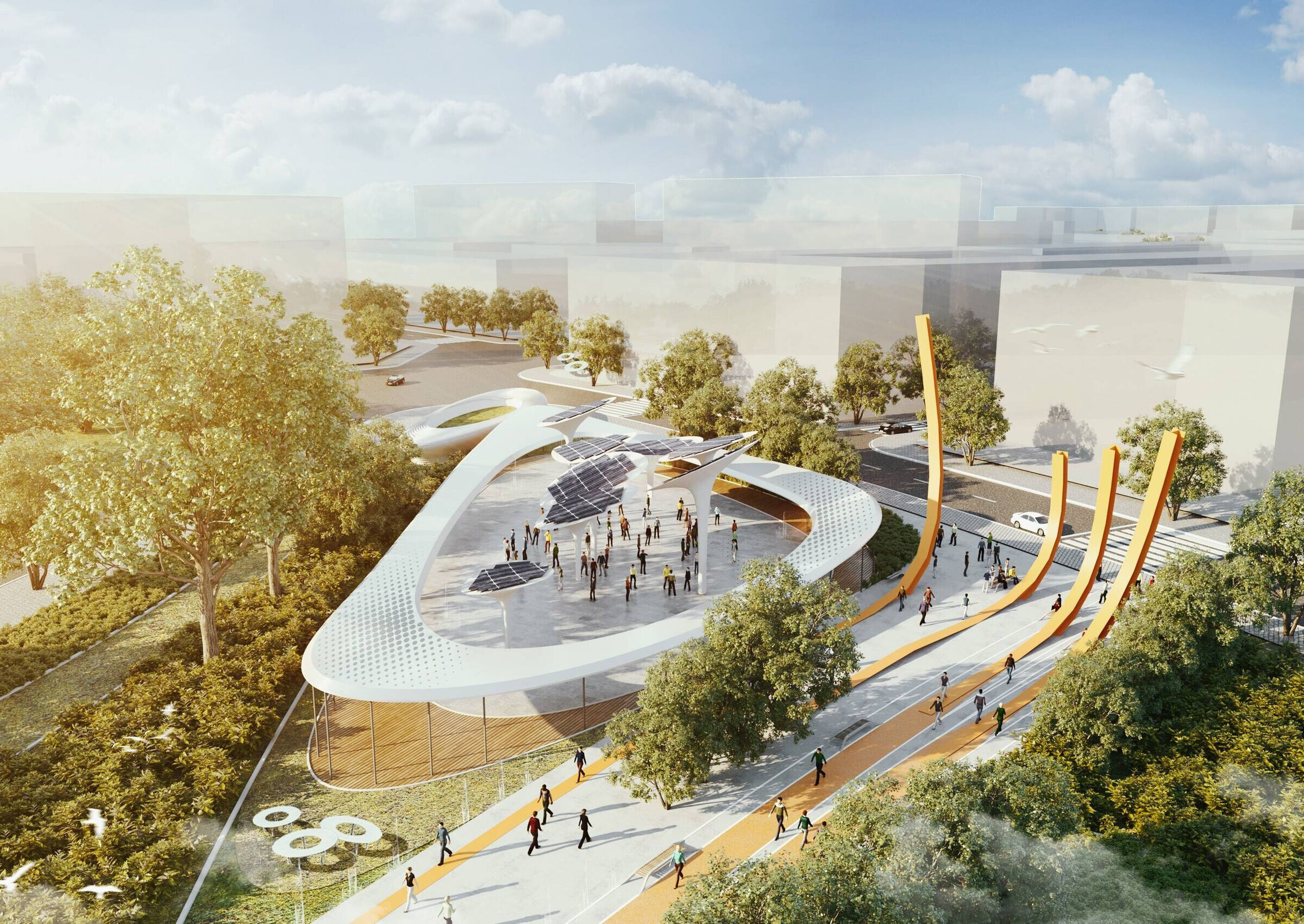
The design is layered with a series of spaces, places and experiences. Benchmarked against other world class parks, the result is a park for the future which respects it’s past and culture”. Bosse added: “LAVA’s design transforms this urban oasis into an informal space with the emphasis on user experience and place-making whilst also meeting the 21st century requirements of social and environmental sustainability.

Renouncing the formal, unfriendly grid, our design is informal, multiuse, friendly, connected and continuous.” “We were thrilled to win this competition and for the opportunity to create an authentic place to bridge the past and the future, a connection between man, nature and technology. The Metro will open a new page for urban transport and, together with the revitalisation of the park, will improve the quality of living, central to a truly international city.” LAVA’s office in HCMC will service the project over the next three years of design development and construction.
